Michelle Williams: The Blackbird Spyplane Interview
On acting horny, wearing something so much it molds to your body, trying to find your identity in front of a camera, giving low-rise jeans another shot & more unbeatable topics
Welcome to Blackbird Spyplane
Our interviews with Adam Sandler, Steven Yeun, Nathan Fielder, Kim Gordon, André 3000, Father John Misty, 100 gecs, Mac DeMarco, Danielle Haim, Jerry Seinfeld, Matty Matheson, Seth Rogen, Laraaji, Sandy Liang, Tyler, The Creator, Maya Hawke, Rashida Jones, MJ Lenderman, John C. Reilly, Clairo, Conner O’Malley and more are here.
Mach 3+ city intel for traveling the entire planet is here.
The other day we were stoked to hear from Michelle Williams, who it turns out is not only one of the Great Actors of our time, but also a Blackbird Spyplane subscriber. Apparently Michelle was tired of just reading the profound conversations we have about life, art & the slapper sciences with cool people — she wanted to hit the Spyphone and chop it up with us directly about those things as a cool person herself.
We’ve been admirers of Michelle’s for years. She’s turned in tremendous performances in too many movies to name, and she’s worked with a bunch of directors we love, among them Martin Scorsese, Wim Wenders, Todd Haynes, Ang Lee, Ridley Scott, Charlie Kaufman, and the indie GOAT Kelly Reichardt. If you’ve never seen Michelle in Wendy & Lucy, you’re in for a heartbreaker — same with 2010’s Blue Valentine, where she tore up the screen opposite a young Ryan Gosling.
This Friday, you can see her in Dying for Sex, a new FX miniseries. The show is an extreme tone scrambler — intensely comedic one moment, intensely dramatic the next — but somehow Michelle figures out a way to hold it all together, playing a woman diagnosed with terminal cancer who, as the title suggests, embarks on a ravenous, all-consuming, existentially charged Odyssey of F**king.
Also? Michelle has spent ~15 years and counting as a “Swagged-out Star You See Just Casually Walking Around Brooklyn,” which we respect, and she thinks deeply about how to make meaningful work, live a meaningful life, and develop meaningful relationships with clothes…
All of which means that I (Erin) was stoked to connect with her the other day for an all-timer Spyplane interview.
Blackbird Spyplane: Between this new show of yours and a bunch of recent books and movies, we’re seeing all this art right now about women 40 and up who are very — I can’t think of a better word — horny…
Michelle Williams: “Never apologize for that word. I love that word. What ‘horny’ does so well is it captures how funny sex is, and how funny bodies can be. And that to me is the ethos of the show: bodies surprise us. They surprise us with illness, and they surprise us with desires, and in both cases you kind of have to take your hands off the wheel and let the thing take you places.”
Blackbird Spyplane: As an actor, is it harder to play horny than other emotions?
Michelle Williams: “I have to think about that. Maybe it is, at least in the way this character is horny, because she’s exploring pleasure without an object or a partner or a direction. The object of desire is ultimately herself — she wants to go back in time and stitch up some damage, so that she can experience pleasure in her body before she no longer has one. So she’s like a firehose. I’m thinking about the scene where Molly is masturbating, and you cut to see what she’s masturbating to, and it’s a goldfish. I was horny for a goldfish. But that actually felt super real to me.”
Blackbird Spyplane: I’ve never thought about goldfish that way before…
Michelle Williams: “I’m sort of joking. But I remember reading this New York Times Magazine article maybe 20 years ago that said heterosexual female desire is boundless. That women can be turned on by a variety of unexpected things — it doesn’t necessarily need to be about a specific male partner. That stayed with me for a long time, right up until I read that scene where she’s masturbating to a goldfish. Or the one where she’s masturbating to a scene from Speed.”
Blackbird Spyplane: You’ve been an actor basically your whole life. How has your relationship to the work changed over the years? Do you still approach it the same way? Do you still want the same things out of it that you wanted at the beginning?
Michelle Williams: “It’s changed a lot. When I started, I was 12, 13, not exactly formed. It could have been anything — knitting, deep-sea diving, baking, it just happened to be acting. Then it turned into something else. I started really watching movies and coming to New York and seeing off-Broadway theater, and I started to see how big the world was, and to feel how the definition of self could be much broader.
“I was still quite young at that point, 16, 17, 18, 19 — still very porous. I started to think, OK, maybe I can do this job in a way that will help me build a sense of who I am, an identity, and also some positive self-regard. Maybe I can work hard at this, get better at this and build a self around this. I left home when I was very young, I was on my own since I was 15, so I really needed structure and family and an identity. I needed a self and I didn’t have one.”
Blackbird Spyplane: That’s fascinating. From the outside, acting seems like a tough business to find a sense of self, much less a healthy self-image.
Michelle Williams: “Yeah, but playing parts — being these other people — gave me things I could hold onto, borrow from them, and keep for myself. And also ways to practice self-acceptance, too. When I started seeing, like, Paul Thomas Anderson films, I was, like, ‘I love these characters, and they’re allowed to be faceted and flawed — so can real people be like that, too? I’d like to try that.’
“So that was what work meant to me back then. And then it became my livelihood, and how I supported myself and my daughter. That was a very different engine. And it took a big shift, mmm, 5 years ago or so, when I was no longer a single-income single parent, and I didn’t have the same fuel of quiet desperation anymore. I wondered, ‘How am I going to go back to work, and what will power me?’ What I’ve been relieved to find is just more access to joy in the day, and more access to playfulness, because it doesn’t feel like my family’s life depends on it in the same way.”
“Also, the longer you do something, you can’t help but get a little bit better at it, and it starts to feel like, ‘Oh, it’s finally paying off.’ For a long time it felt like torture, like I was flogging myself to get through a scene. And it’s so interesting to hit this age where it’s finally dropping in with greater ease exactly at the same time as the industry is like, ‘Guess what, You’re old now.’ And I can actually do more now, is the paradox.”
Blackbird Spyplane: You’ve done some enormous movies but never stopped working in indie film, either. Hearing Sean Baker talk about making Anora, and reading interviews with Todd Solondz and Kelly Reichardt recently, I get the impression that indie movies are almost an endangered species.
Michelle Williams: “Yes, and yet Kelly just wrapped her most recent film. Somehow, some way, we go on. I don’t know — I’m not involved in the day-to-day of getting a project off the ground, and how it’s different now than when I started making independent films. But I’ll say, the first movie I did with Kelly was a crew of 6 people, and the last movie I did with Kelly, there were like 60 people. I don’t take those experiences for granted. It’s always felt miraculous that they get made. They always feel scraped-together and impossible and then, at the end of it, I don’t know how Kelly does it. I don’t know how she made Meek’s Cutoff — talk about variables: the desert, the animals, the weather, the costumes, the wagons, it was wild.
“I think it’s always been hard, and it’s always been difficult to find the audience for these films — but they happen.”
Blackbird Spyplane: We asked you to send over a cherished possession, and you shared these handsomely flambéed Frye engineer boots you wore in Blue Valentine. What’s the story with these?
Michelle Williams: “I’m looking at my beautiful boots now. Look at the slope of that heel.”
Blackbird Spyplane: They’re trashed in the best way. That’s gotta be 50 million steps, minimum, right there.
Michelle Williams: “So yeah, I wore these boots in Blue Valentine. They were my personal boots, I wore them into a fitting, and they were, like, ‘Those are definitely Cindy’s boots.’ And then I wore them everyday for about 15 years. That is a custom fit — when you wear something so much that it molds to your body.”
Blackbird Spyplane: I remember them from the poster.
Michelle Williams: “They were on the poster!”
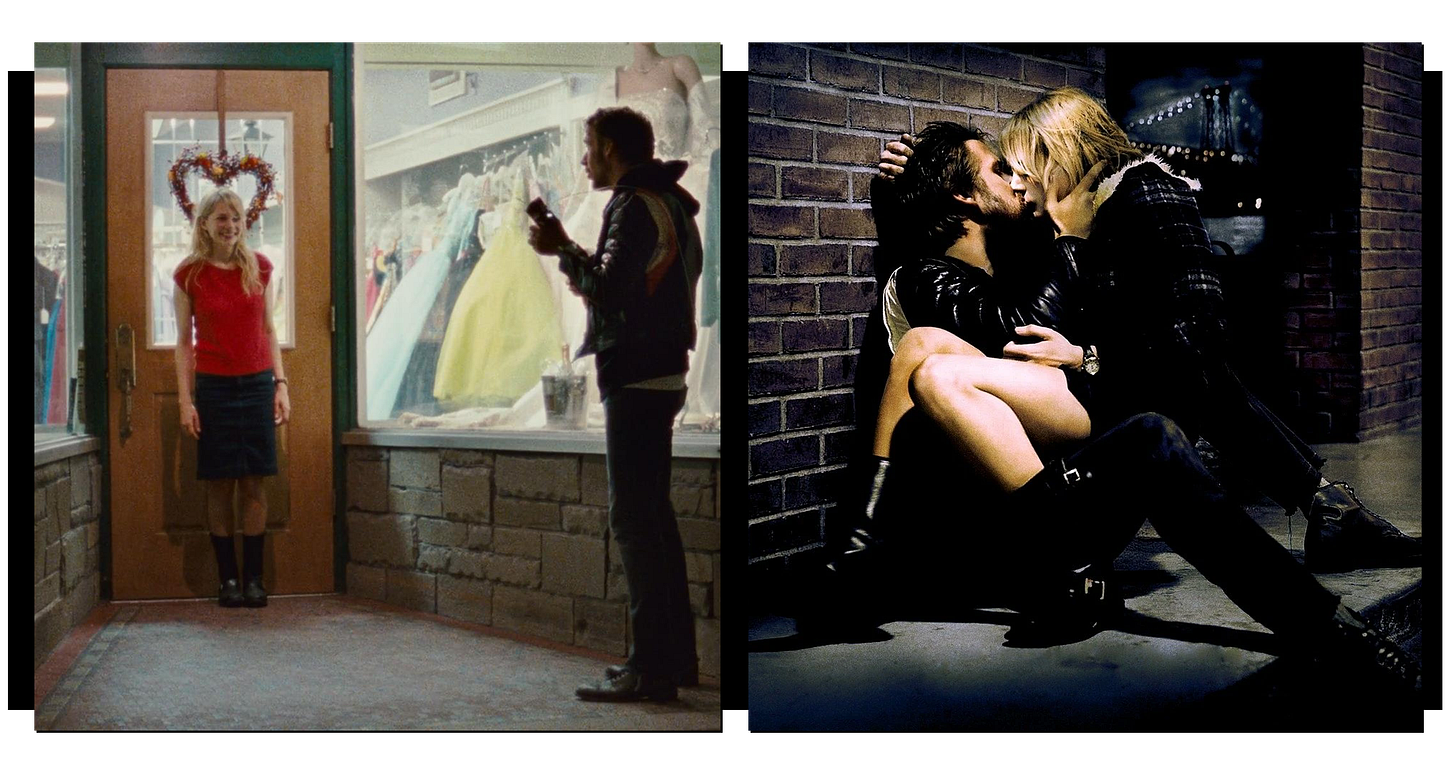
Blackbird Spyplane: Blue Valentine is an intense movie, and you made it just after an extremely intense time in your life — does something of that energy live on in these boots?
Michelle Williams: “I think of them as joyous. I tap-danced in them. They got me through New York City. When I moved here, I didn’t have a winter coat. I had a hoodie, a jean jacket and those boots. I don’t know how I did it. But they held up, they protected me. I felt so durable and tough and able to meet this city on my feet.”
Blackbird Spyplane: We all have things we got rid of, in a fit of, “I’m over this,” and then later on we’re kicking ourselves and we’d kill to have them back. Fryes are back in these days. Were you ever tempted to get rid of these?
Michelle Williams: “I’m too emotionally involved with these boots to have ever taken the cleaver to them, even if I never expected them to come back. But, yeah, if you hang onto it, it will come back around. A friend of mine was in my closet recently and she was, like, ‘You should wear those again, have you seen the Miu Miu version?’ I was shocked.”
Blackbird Spyplane: So you’re a clothes saver. We call that building your Beautiful Inward-Gazing Blessed Uninterrupted Closed System (B.I.G. B.U.C.S.) Library.
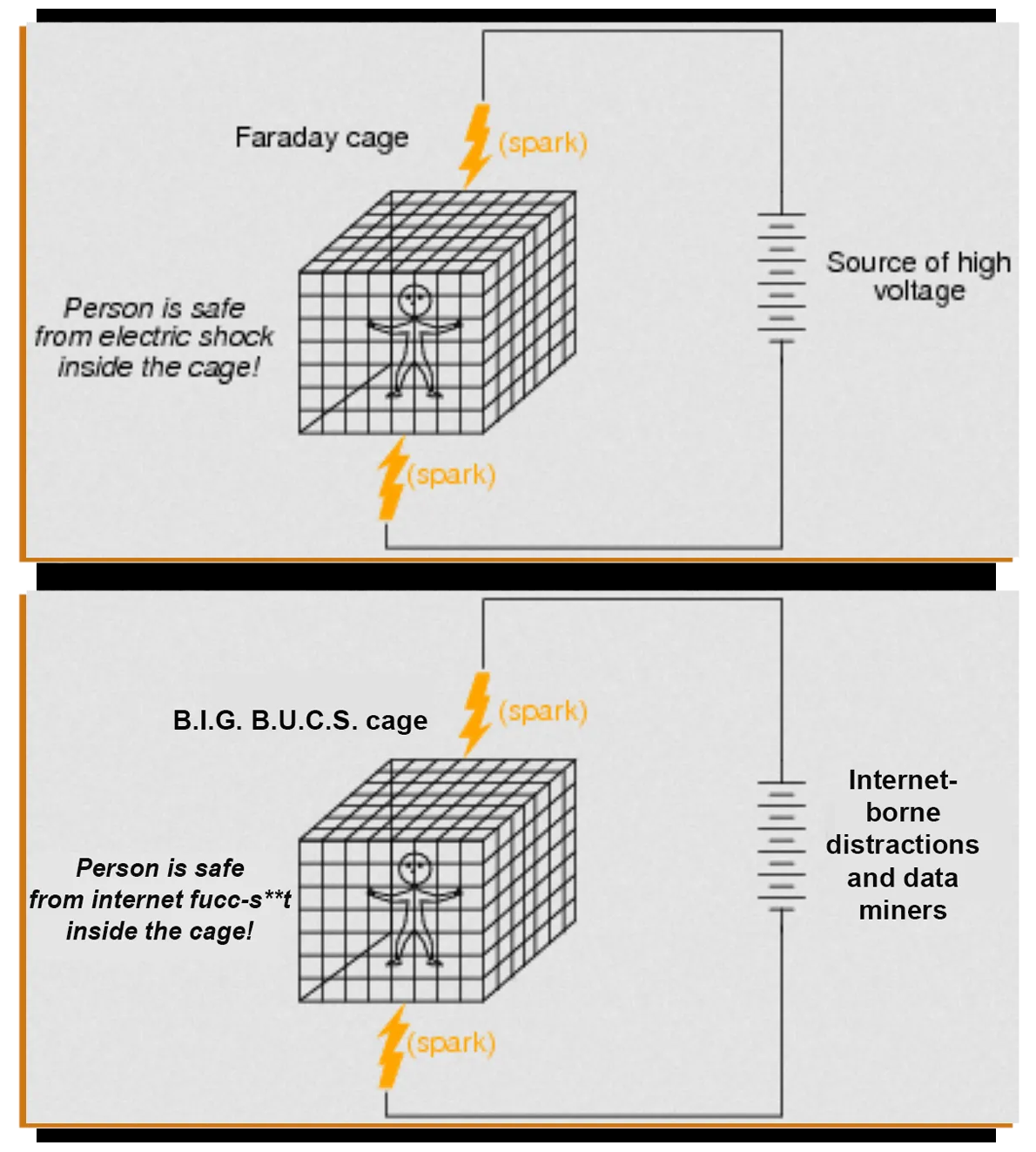
Michelle Williams: “I save things. I tend to wear things on repeat, and if I find something that’s working, I uniform it. And I think about how my children are going to remember me in certain items of clothing, and — not to take it too far — but I think about how my clothes are going to hold something for them even when I’m not here.
“And now I’ve had the experience, because my daughter is 19, of saving things for so long that she’s wearing them. I can’t tell you what it feels like to have a simple floral cotton dress that I wore all through my 20s suddenly plucked out by my daughter, who thinks it’s very cool, and then she goes and lives her life in that same dress.
“I take care of my clothes, to that end. You know, when I was making Meek’s Cutoff, we each had one costume we wore through the entire film, and all of those costumes were hand-stitched, not a machine in sight. Kelly and I talked a lot about the characters’ regard for their clothes. Obviously they’re crossing the trail, it’s dirty, it’s dusty, it’s sweaty, it’s smelly, but they take great care of their clothes, because it’s the only dress they have. I’m a little like that. ”
Blackbird Spyplane: Do the clothes go both ways with your daughter? Does she put you onto stuff a 19-year-old is into?
Michelle Williams: “She told me a year ago that the low-rise denim thing was back, and I didn’t believe her. I said, That is never returning, honey. We’re gonna leave that back in the ‘90s. And she was right and I was wrong, and I’m wearing low-rise denim now, thanks to her.”
Blackbird Spyplane: Not another ride on the low-rise train!
Michelle Williams: “I’m giving it a try. I’m not giving up what’s made me happy and comfortable for the last 20 years. But I’m experimenting.”
Our Home Goods Report, full of things to enliven the place you live, and stores where you can find them, is here.
The B.L.I.S.S. List — a handy rundown of Beautiful Life-Improving Spyplane Staples, from incense to sweatpants to underwear — is here.



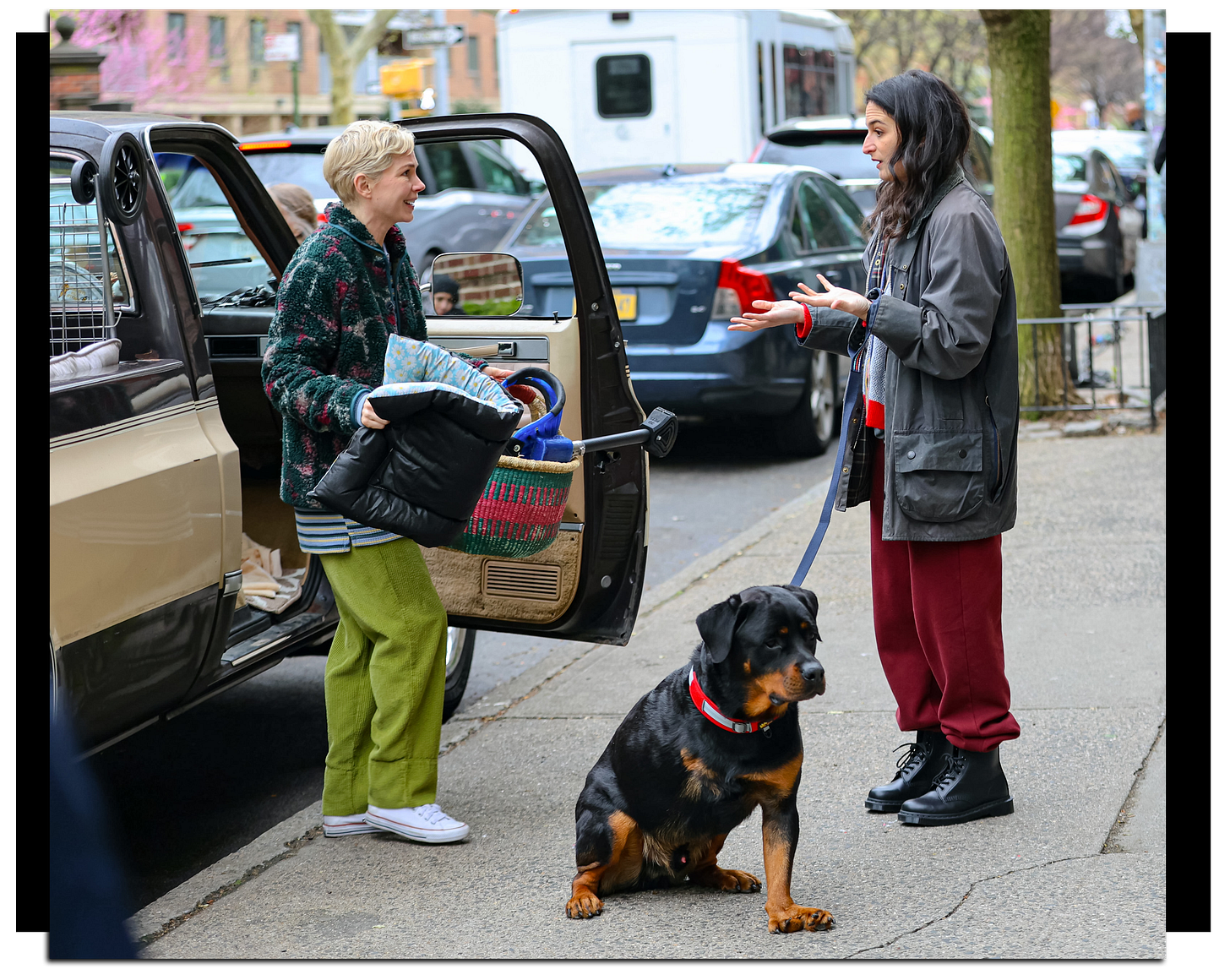
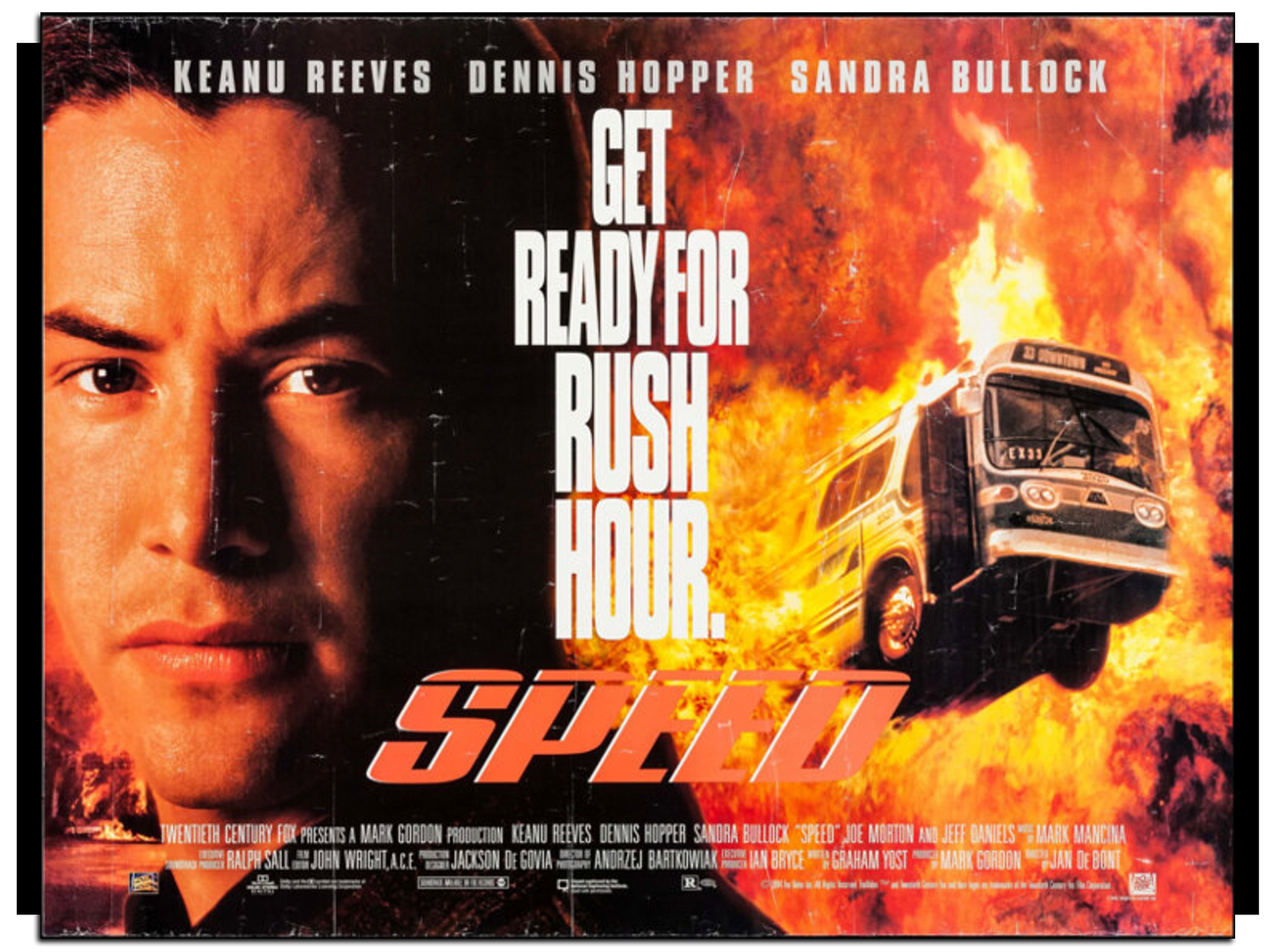
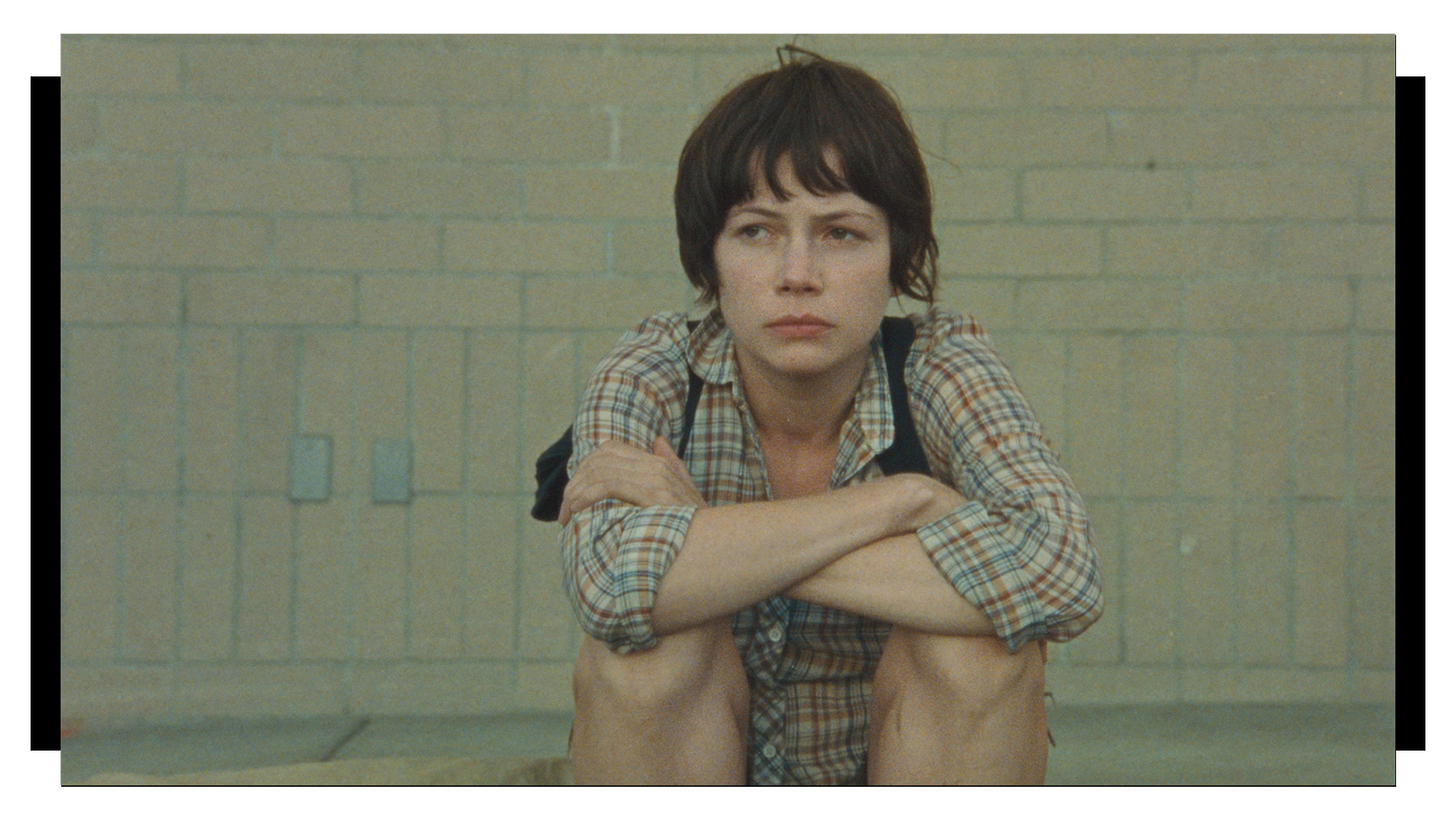
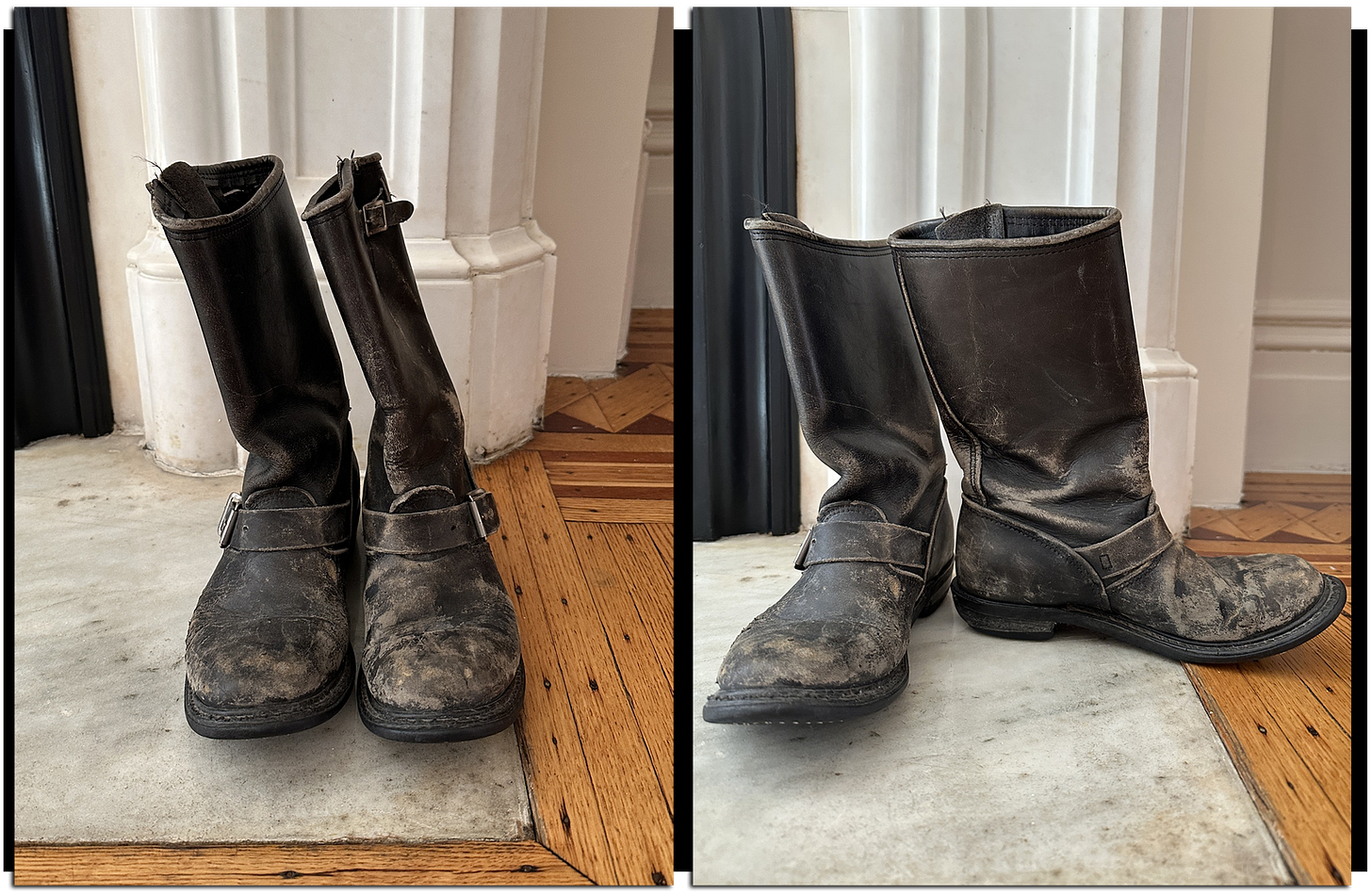
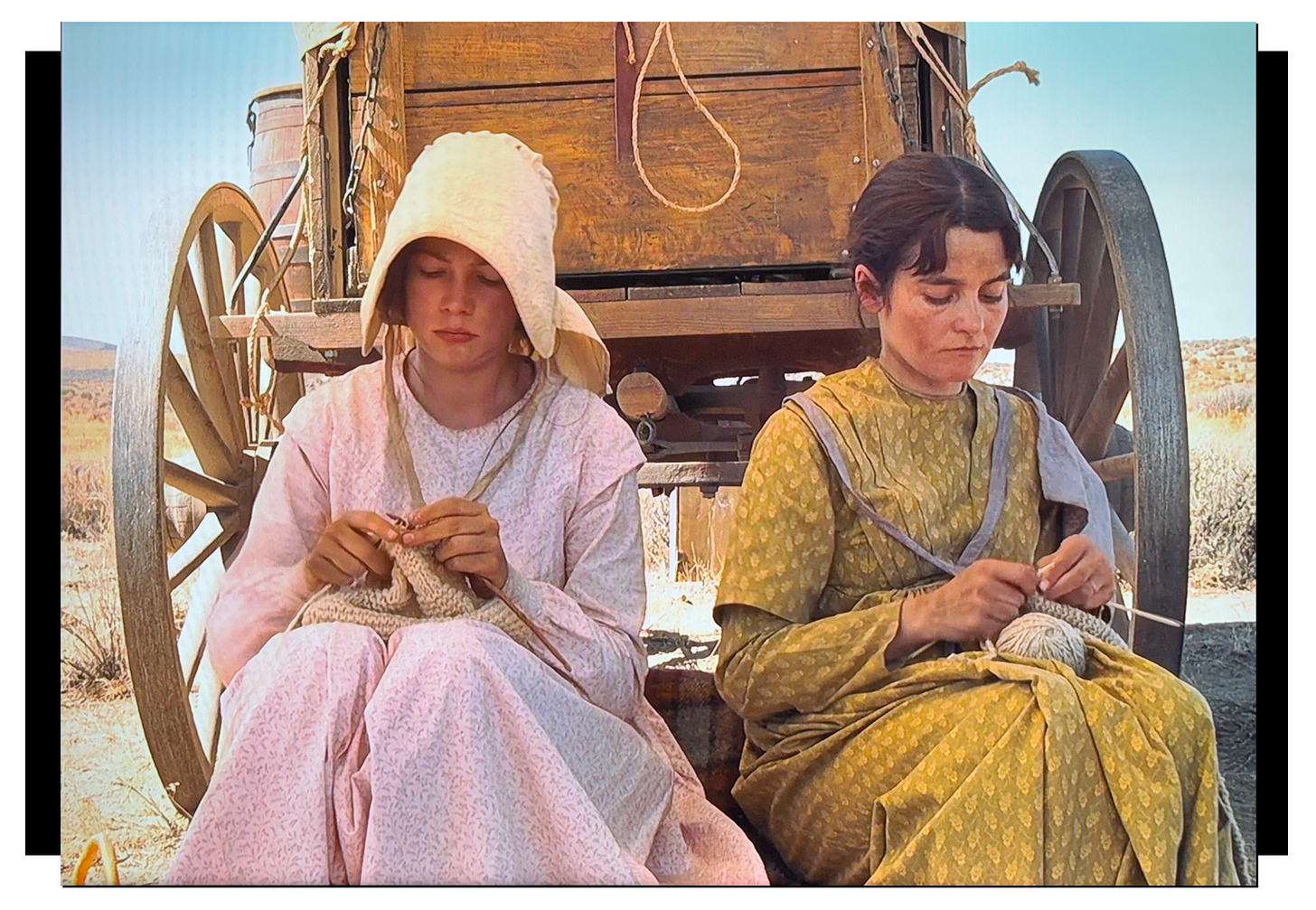
Great interview. She seems like a lovely person.